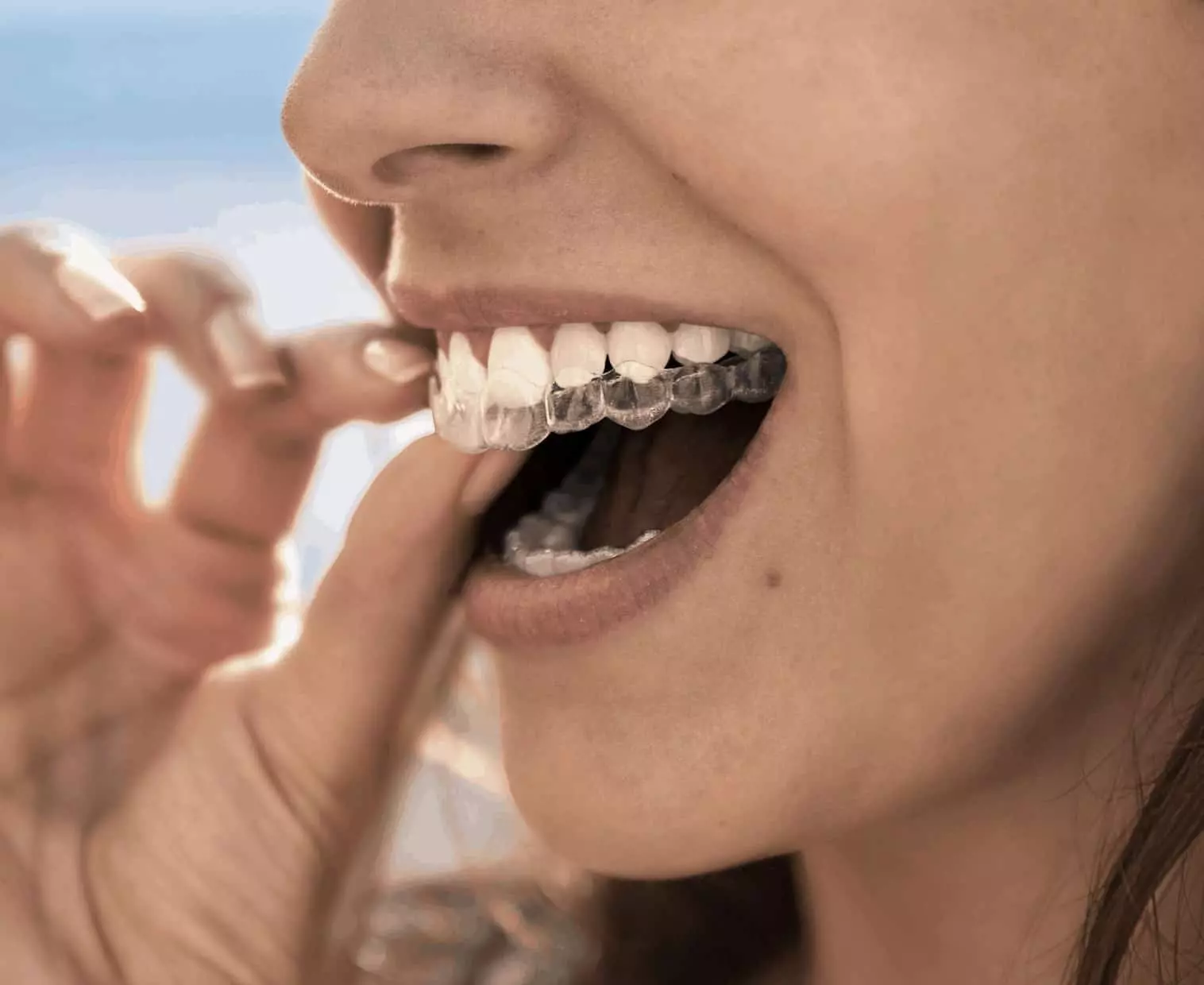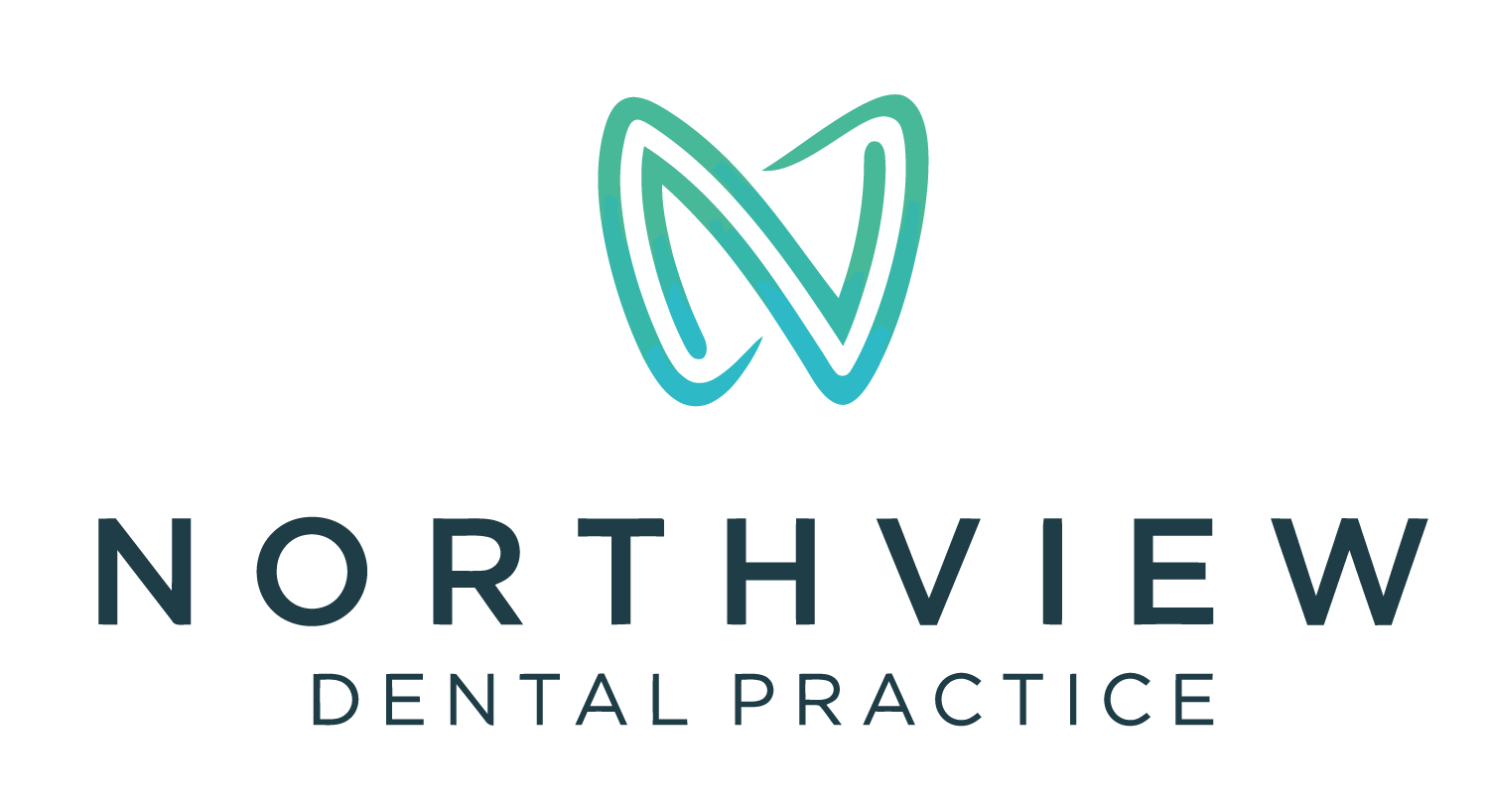Are you struggling with missing or damaged teeth that impact your daily life? Dental implants…

Does Invisalign Hurt? Everything You Should Expect
So, you’re thinking about getting Invisalign, but there’s one burning question in your mind: Does Invisalign hurt? Let’s be honest, any dental procedure can be a bit nerve-wracking, especially when you’re not sure what to expect. In this comprehensive guide, we’ll dive deep into whether Invisalign is painful, what kind of discomfort you might experience, and how to make the process as smooth as possible.
What Is Invisalign?
Invisalign is a popular orthodontic treatment that uses a series of clear, removable aligners to straighten your teeth. Unlike traditional metal braces, Invisalign aligners are nearly invisible, making them a great option for people who want a more discreet way to improve their smile.
How Invisalign Works
Invisalign aligners are custom-made for your teeth. Each set of aligners gradually shifts your teeth into place. You’ll typically wear a new set of aligners every one to two weeks, with each set applying slight pressure to help guide your teeth into the correct position.
Is Invisalign Painful?
The short answer is: it can be, but it’s more of a discomfort than actual pain. When you first start wearing Invisalign or switch to a new set of aligners, you may feel some pressure or soreness. This is a sign that the aligners are working to move your teeth.
The Initial Adjustment
The first time you put in your Invisalign aligners, you’ll likely feel some pressure. Your teeth are not used to the new position they are being pushed into, so it’s normal to feel discomfort for a few days.
Comparing Invisalign to Traditional Braces
Pain and Discomfort: Invisalign vs. Braces
One of the main reasons people choose Invisalign over traditional braces is because the discomfort is usually less intense. With metal braces, you may experience cuts from the brackets and wires. Invisalign, on the other hand, is smooth and does not irritate your cheeks or gums in the same way.
The First Week with Invisalign
What to Expect
During the first week, it’s normal to feel pressure, tightness, and even a slight ache. This discomfort usually subsides after a few days as your mouth adjusts.
Tips to Ease the Transition
- Wear your aligners as much as possible to help your teeth adjust faster.
- Stick to soft foods during the first few days to minimize chewing discomfort.
- Consider taking an over-the-counter pain reliever if needed.
Types of Discomfort with Invisalign
Pressure Pain
The most common type of discomfort with Invisalign is pressure pain. This occurs when the aligners apply gentle force to your teeth.
Sore Gums
Your gums may feel tender as they adjust to the aligners. This usually happens when you first start wearing them.
Jaw Soreness
Sometimes, the shifting of your teeth can cause soreness in your jaw, especially if you tend to clench or grind your teeth.
How Long Does the Discomfort Last?
For most people, the discomfort only lasts for the first few days of each new set of aligners. Once your teeth get used to the aligners, the pain usually diminishes.
Why Do Aligners Cause Discomfort?
The Science Behind It
Invisalign works by applying consistent, gentle pressure to your teeth, encouraging them to move into the desired position. This pressure triggers a response in the bone around your teeth, causing them to slowly shift.
Managing Invisalign Pain
Over-the-Counter Pain Relief
Taking pain relievers like ibuprofen can help alleviate any soreness, especially during the first few days of wearing a new aligner set.
Cold Compresses
Applying a cold compress to the outside of your mouth can reduce inflammation and numb the area.
Dental Wax
If the edges of the aligners irritate your gums, using dental wax can help provide a barrier and reduce discomfort.
Eating with Invisalign: Is It Uncomfortable?
Foods to Avoid
It’s best to avoid sticky, hard, or crunchy foods that could put additional pressure on your teeth.
Tips for Easier Eating
Always remove your aligners before eating and brush your teeth afterward to prevent food particles from getting trapped.
Talking with Invisalign: Does It Hurt?
You might experience a slight lisp at first, but this usually goes away as you get used to the aligners. Talking itself shouldn’t be painful.
Sleeping with Invisalign: Is It Uncomfortable?
Some people find it slightly uncomfortable to sleep with the aligners at first, but this discomfort is temporary. After a few nights, you’ll likely forget you’re even wearing them.
When to Contact Your Orthodontist
Signs of Abnormal Pain
If the pain is severe, lasts longer than a week, or if you notice sores or bleeding, it’s a good idea to reach out to your orthodontist. These could be signs of an ill-fitting aligner or other issues that need to be addressed.
Conclusion
Invisalign can be a little uncomfortable at first, but it’s generally not painful. The discomfort you feel is a sign that your aligners are working to move your teeth. With a bit of patience and some simple pain management techniques, most people find that the temporary discomfort is well worth the beautiful, straight smile they get in the end.
FAQs
Does Invisalign hurt more than braces?
- Generally, no. Most people find Invisalign to be less painful than traditional metal braces.
How long does the pain last with Invisalign?
- Typically, the discomfort lasts only a few days after switching to a new set of aligners.
Can I take painkillers for Invisalign pain?
- Yes, over-the-counter pain relievers like ibuprofen can help ease the discomfort.
Is it normal to feel pressure with Invisalign?
- Yes, the pressure indicates that the aligners are working to move your teeth.
What should I do if the pain doesn’t go away?
- Contact your orthodontist if the pain is severe or persists for more than a week.




This Post Has 0 Comments